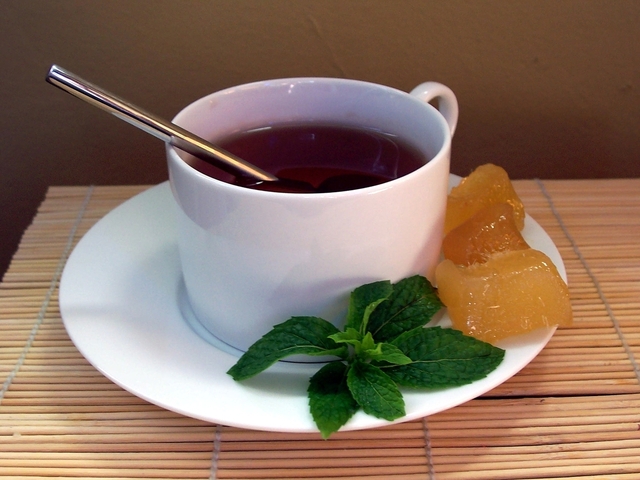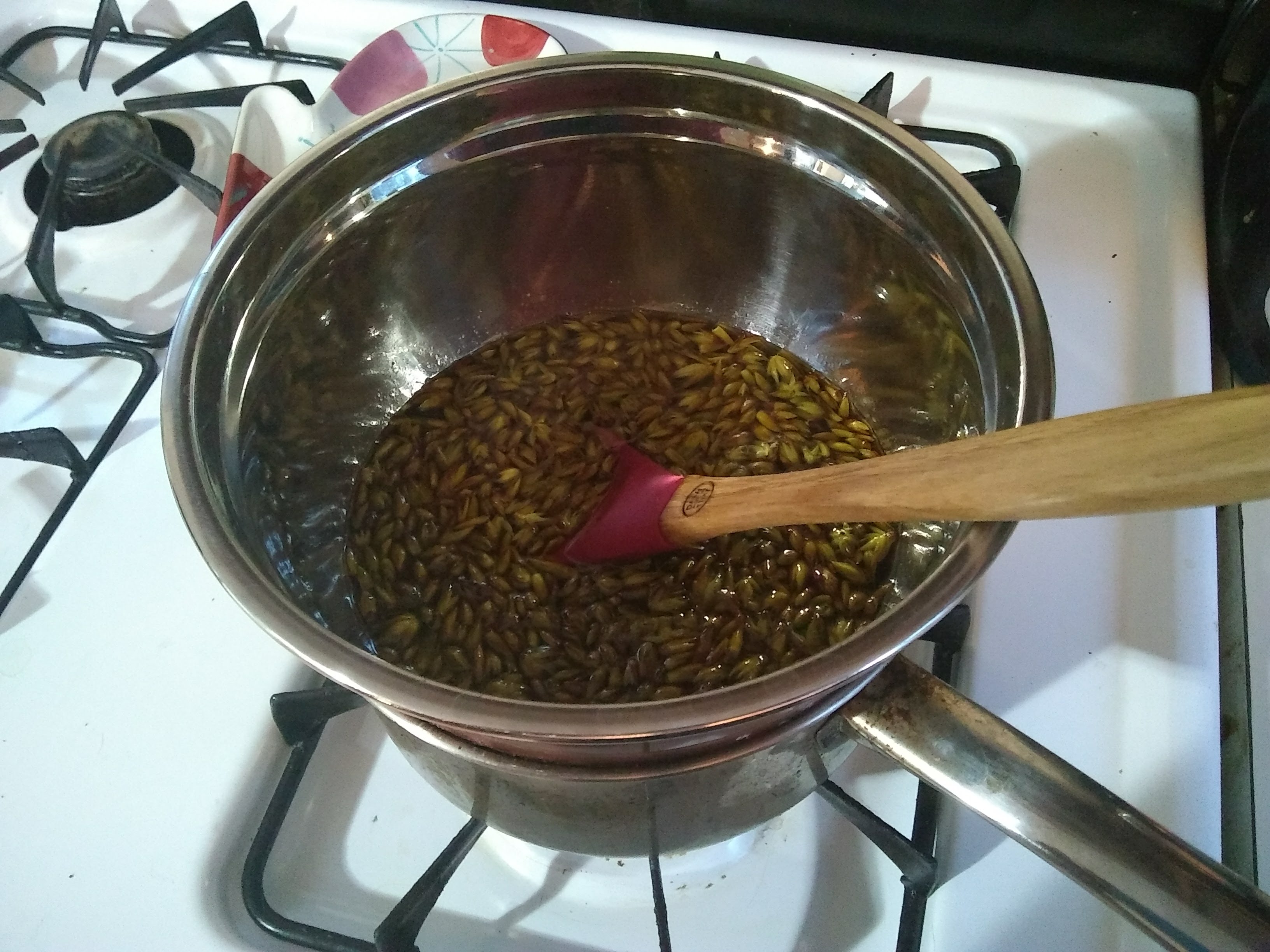Hope everyone had a great week!
Today we are going to go over different ways herbs can be prepared to be taken orally (by the mouth).
In my post a couple of weeks ago, I went over how there are solvents and non-solvents. Solvents are then broken down into three types: water-based, alcohol-based, and sugar/honey-based. Let’s get started with the the solvents!
Water-based solvents
- Infusion (teas) – teas are made by boiling the water and then pouring it over the herbs and letting it steep for 10-15 minutes.
- Decoctions – decoctions are where the herbs are boiled in the water and tend to be stronger than simple infusions.
- Concentrates – kind of like juice concentrate, this is for infusions and decoctions. This is useful for making bases for syrups.
- Jellos – this can be used for herbs that are particularly unpleasant tasting. While it may not get rid of all the unpleasantness, it makes bad tasting herbs way more palatable. Plus, who doesn’t like the squirminess of jello?(alright, I’ll concede that some texture people will probably not like it. I’m a texture person and dislike fuzzy fruit like peaches, but I am okay with jello.)
- Flower essences – Last week we discussed that flower essences could be used topically. They can be taken internally as well, usually a dose of four drops four times a day.
Alcohol-based solvents
Tinctures are a great way to preserve the medicinal properties of fresh herbs, as dry herbs can quickly lose their effectiveness if not stored properly.
- Tinctures – maceration: This essentially means that you’re going to leave the herb in the alcohol and shake it up occasionally for a certain period of time.
- Tinctures – percolation: This method is a little bit more involved, but takes less time. There are specialized tools that are needed and in the end the tincture is filtered through the tools to give you the final product.
Sugar or honey-based solvents
- Sryups – made using sugar, specifically refined white sugar (Gasp, the horror of over processed sugar! The nice thing about using refined white sugar is that there isn’t any extra processing that you need to do). Unrefined sugars can be used, but this requires extra simmering.
- Oxymels – These are a sweet and sour herbal honey and is an excellent carrier for very strong tasting herbs such as garlic or cayenne.
- Electuaries – You can think of these as candied medicinal herbs. This takes a similar approach to making unpleasant herbs palatable like jello, but uses honey or fruit pulp.
Other types of solvents
- Wine infusions – This is a type of tincture that uses wine as the medium instead of grain alcohol.
- Vinegar infusions – These can be converted into syrups. It also helps augment the properties of certain herbs.
- Glycerites – This is a great mode for those who have adverse reactions to alcoholic tinctures or for children.
- Oil infusions – There are several preparations that can be done to make oil infusions. One is similar to the maceration of tinctures where the herb is put in the oil and shaken occasionally for a period of time. Other ways include the use of temperatures of 100 degrees fahrenheit or more which need special equipment. Fresh or dried herbs can be used.
Oral preparations not using solvents
- Capsules – Capsules are used for herbs in their dry form, usually powdered. It is great for unpleasant tasting herbs. The capsules are usually made from glycerin and contain the powdered herb loosely.
- Pills or tablets – These incorporated herbs with other substances to make a hard pill or tablet in the desired shape.
- Powders – Powders are used, as you have seen, in many different preparations. They can easily be dissolved in many different solvents making it an excellent way to get the medicinal properties into a form that can be taken.
- Lozenges – When you think of lozenges, you may think of cough drops, which herbal ones can certainly be made. They are made usually for the mouth, throat and upper respiratory tract, so local administration of herbs rather than systemically.
That’s it for now!




